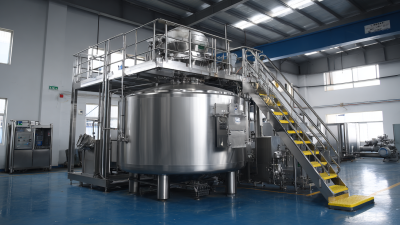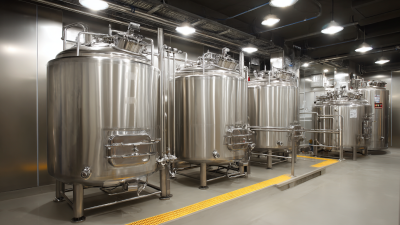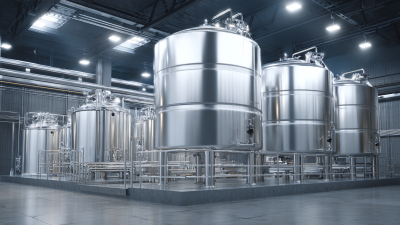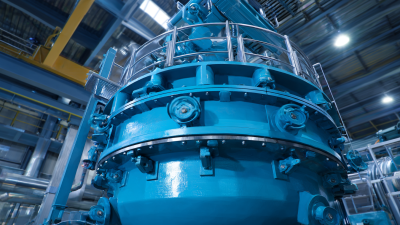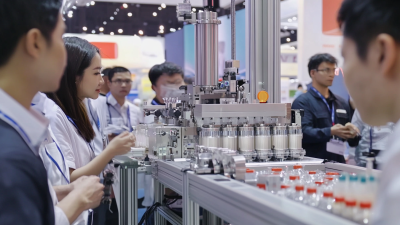
In today's rapidly evolving manufacturing landscape, the importance of selecting the right Agitator Mixer Tank cannot be overstated. According to a report by Research and Markets, the global market for industrial mixing equipment, including agitator mixer tanks, is projected to reach $6.62 billion by 2027, growing at a CAGR of 6.3% from 2020 to 2027. As businesses increasingly seek to enhance operational efficiency and product quality, understanding the nuances of agitator mixer tank selection becomes paramount. Factors such as tank design, mixing technology, and material compatibility play critical roles in optimizing production processes across various industries, including chemicals, food and beverage, pharmaceuticals, and cosmetics. This guide presents seven essential tips to ensure that your choice of an agitator mixer tank aligns with your specific business needs, ultimately contributing to improved performance and profitability.
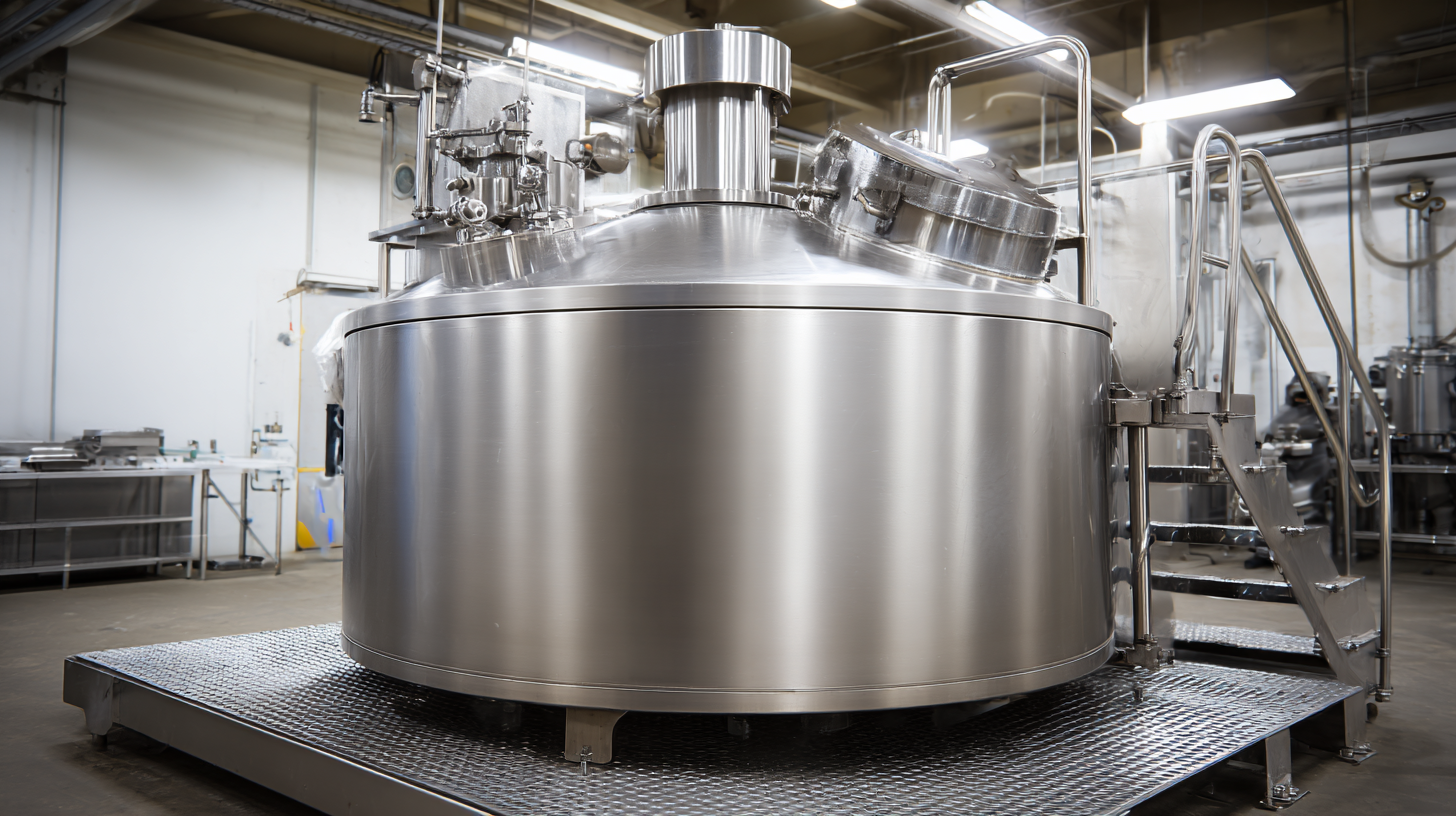
When selecting the right agitator mixer tank for your business, understanding your mixing requirements is critical. The first step is to assess material compatibility. According to a report by Smithers Pira, over 60% of mixing failures in industrial processes are due to material mismatch—this highlights the importance of ensuring that your materials can withstand the mechanical action and shear forces generated by the mixer. For instance, corrosive substances may require tanks made from specialized alloys or coatings, while sensitive materials could necessitate low-shear designs to maintain their integrity.
Another crucial aspect is defining your process goals. Different mixing applications, such as emulsifying, blending, or dispersing, have unique requirements that can impact the choice of agitator size, shape, and rotation speed. A study by the Mixing Technologies Group suggests that optimizing these parameters can increase mixing efficiency by up to 30%, directly affecting productivity and product quality. Therefore, businesses must analyze their specific processes, including batch sizes and mixing times, to select the right agitator that aligns with their operational goals. Addressing both material compatibility and process objectives can significantly enhance the overall effectiveness of your mixing operations.
When selecting the right agitator mixer tank for your business, understanding key features such as design, size, and power is crucial. According to a recent report by Grand View Research, the global market for industrial mixing equipment is expected to reach $8.8 billion by 2025, underscoring the importance of efficient and effective mixing solutions across various industries. The design of the agitator mixer tank directly influences mixing effectiveness; options such as inclined blades or helical designs can enhance the flow patterns and ensure uniformity in the mixture.
Size is another critical factor to consider. The tank volume needs to align with your production requirements, as under-sizing can lead to inadequate mixing and over-sizing can waste energy and resources. A study by Research and Markets highlights that approximately 60% of businesses underestimated their tank size during initial planning stages, leading to operational inefficiencies. Lastly, power specifications should reflect both the viscosity of the materials being mixed and the desired mixing speed. Choosing a mixer with adjustable power settings can help adapt to varying production needs, optimizing performance and ensuring product consistency.
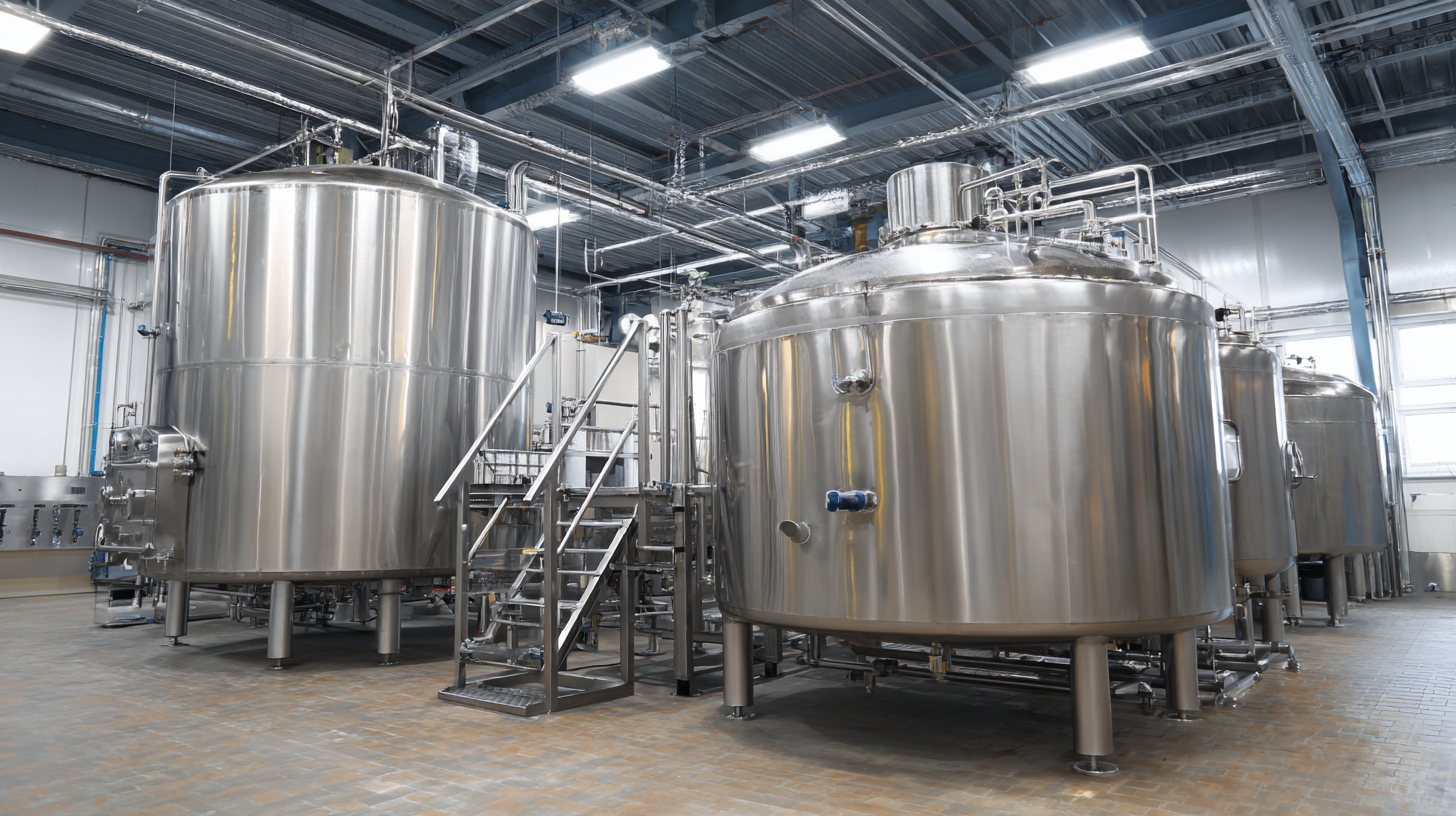
When selecting the right agitator mixer tank for your business, it’s crucial to evaluate the different agitator types available, including paddle and turbine designs. Paddle mixers are well-suited for gentle blending and are highly effective for viscous materials. Their wide, flat blades help minimize shear, making them ideal for applications requiring a delicate touch.
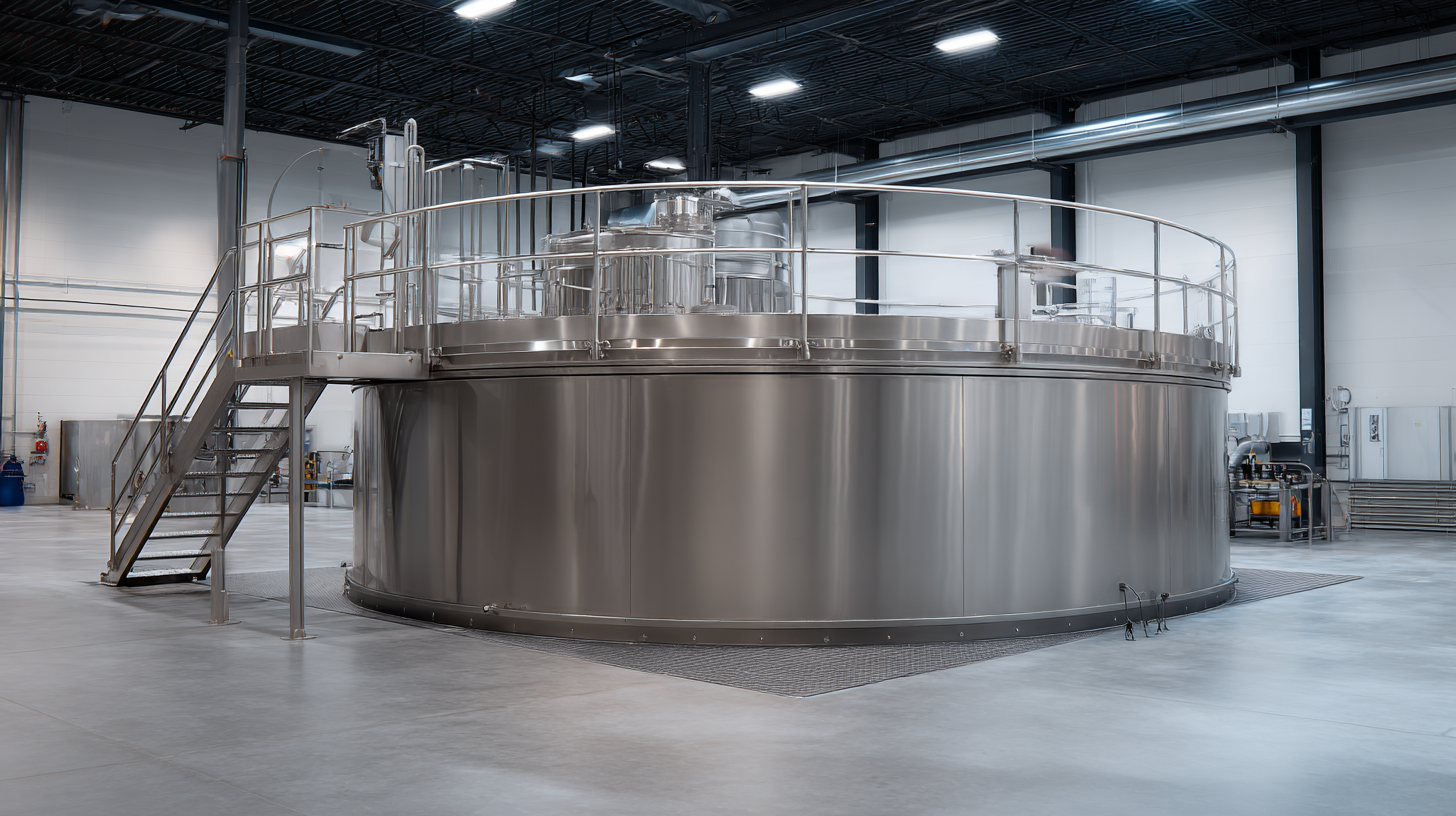 On the other hand, turbine agitators excel in both mixing and aerating, generating a strong flow that is perfect for lower viscosity liquids. Understanding the specific characteristics of each type ensures that you choose an agitator that aligns with your product requirements.
On the other hand, turbine agitators excel in both mixing and aerating, generating a strong flow that is perfect for lower viscosity liquids. Understanding the specific characteristics of each type ensures that you choose an agitator that aligns with your product requirements.
Another essential tip is to consider the tank's size and shape in relation to the agitator type. A properly sized mixer will ensure that the contents are mixed efficiently, avoiding dead zones where material can settle. Additionally, the design of the tank can impact the effectiveness of the agitator. For example, a cylindrical tank often works best with turbine mixers, while a rectangular tank may be optimized for paddle agitators. Taking the time to assess these factors will lead to a more effective and productive mixing process, catering specifically to your business needs.
When selecting an agitator mixer tank, one of the most critical factors to consider is the balance between cost-effectiveness and quality. It can be tempting to opt for the lowest-priced option, especially for businesses on a tight budget. However, compromising on quality may lead to higher maintenance costs and reduced efficiency over time. A well-built mixer tank can minimize operational issues and enhance productivity, ultimately proving more cost-effective in the long run.
Investing in a higher-quality agitator mixer tank can result in significant benefits that impact overall business performance. Quality mixers often come with advanced features like better material resistance, improved mixing efficiency, and greater durability. These attributes not only contribute to a longer lifespan but also reduce energy consumption, which is a crucial factor in operational expenses. Therefore, weighing the initial purchase price against the expected longevity and performance is essential when making your selection, ensuring that your investment aligns with your business needs and goals.
When investing in an agitator mixer tank, it is crucial to consider its maintenance and support to ensure longevity and reliability in your operations. Regular maintenance schedules can prevent unexpected downtime and costly repairs. Make sure to familiarize yourself with the manufacturer's guidelines for routine checks and cleaning procedures. This proactive approach keeps the equipment functioning optimally and extends its lifespan.
Choosing the right agitator mixer tank involves understanding your specific business needs. One essential tip is to evaluate the capacity and design of the mixer based on your production requirements. Assess the viscosity of the materials you'll be working with, as this will affect the type of agitator you need. Additionally, consider the compatibility of materials with your mixers to avoid any corrosion or contamination over time.
Finally, selecting a supplier that offers strong customer support can make a significant difference in your mixing equipment's performance. Ensure they provide timely assistance, training, and access to replacement parts. A reliable support system not only helps you address potential issues quickly but also enhances the overall efficiency of your mixing processes.
